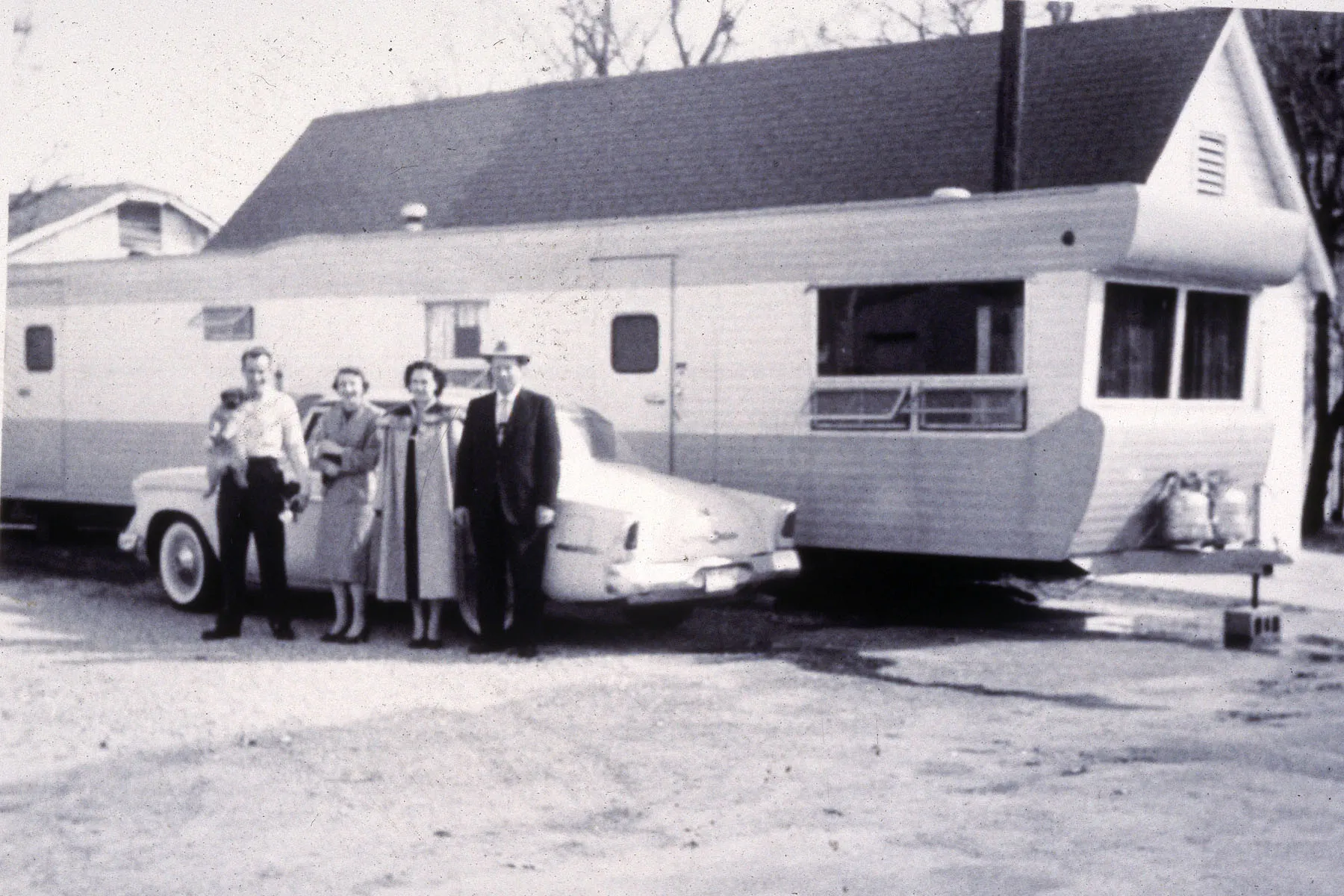

Many opinions and ideas have been taken as fact when it comes to mobile homes. But as manufactured housing continues to evolve and gain popularity, it’s important that these myths are eliminated.
Maybe 30 years ago this statement had some grounds, but not now. Mobile homes are no longer built all the same. There are a wide variety of models with traditional to upscale layouts and materials. Mobile homes are evolving and changing. Just look at the popularity of small manufactured homes. The whole idea of smaller homes is to provide a small, efficient space. There are mobile homes for a variety of budgets and lifestyles.
A mobile home can be the home you live in all your life, especially now. In the past, mobile homes were sometimes considered transitional, temporary housing. Today, they are an investment for many families. We are often told we have to have a bigger or more expensive home and that we should not be satisfied with the first home we buy. But when it comes to your home, you decide. If you love your home, then you love it. You don’t have to have a bigger, newer home. Your home has character. Your home is YOURS.
Manufactured homes are built indoors, which helps to protect the home from weather during the building process. Also, mobile homes are typically built on sturdy, steel frames. They are built to comply with federal HUD Code building requirements, which enable builders to build with consistency and quality. Check out code standards.
No home is indestructible, but manufactured homes are built with weather in mind. Manufactured homes built to HUD Code must be built according to which wind zone the home will be located in. There are three wind zones based in the United States. Coastal areas are in the highest wind zone, Zone 3. Zone 3 homes are built to be able to withstand 110 mph winds. Wind Zone 2 are built to withstand up to 100 mph. Zone 1 homes are located in more interior areas of the country. In these areas, the threat of hurricanes is much lower, so Zone 1 homes are built to withstand lower wind speeds. Get educated about wind zones!